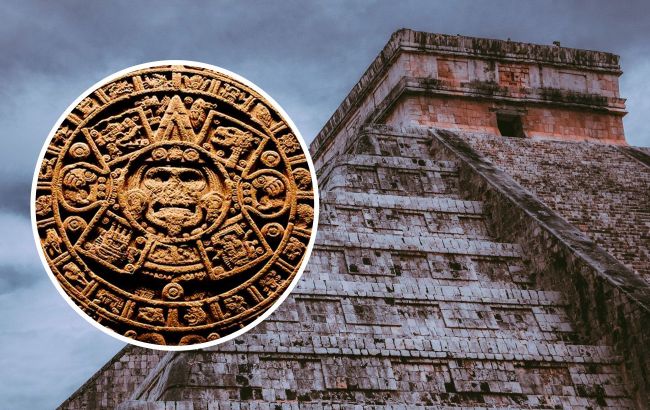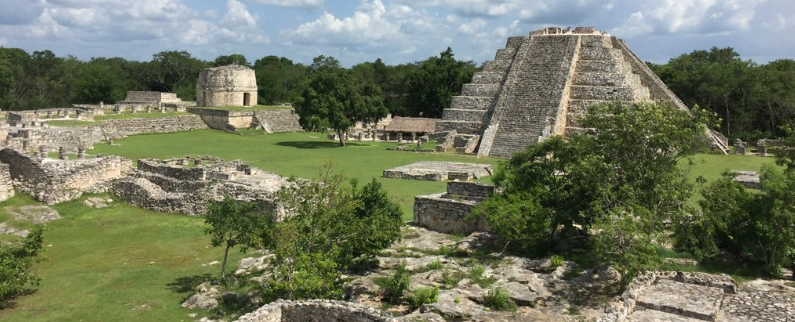Why Mayan civilization disappeared: Scientists' statement
 Why the Mayan civilization disappeared (collage: RBC-Ukraine)
Why the Mayan civilization disappeared (collage: RBC-Ukraine)
For decades, scientists have been speculating about why the highly advanced Mayan civilization suddenly declined. Enthusiasts of mysticism even propagate theories involving supernatural or extraterrestrial intervention. However, the cause turned out to be more banal, according to ScienceAlert.
The cause of the collapse of the Maya civilization
Scientists claim that the cultural and political capital of the Maya people, Mayapan, in the 13th and 14th centuries could have been completely destroyed by drought. This led to a civil conflict, which, in turn, resulted in a political collapse.
These conclusions were reached by scientists in a 2022 study. It also served as a kind of warning for contemporary people about how climate change can exert pressure even on flourishing civilizations.
"Multiple data sources indicate that civil conflict increased significantly, and generalized linear modeling correlates strife in the city with drought conditions between 1400 and 1450 CE," researchers state.
They argue that prolonged drought led to the escalation of tensions between clans, but further adaptations demonstrated resilience on a regional scale, ensuring the preservation of Maya's political and economic structures until contact with Europe in the early 16th century.

Temples of the central part of Mayapan today (photo: Bradley Russell)
Scientists have identified a connection between increased rainfall and population growth in this region, as well as a correlation between subsequent decreased rainfall and heightened conflict.
Water scarcity affected agriculture and trade routes, placing a burden on the residents of Mayapan. As food became scarcer and the situation increasingly perilous, people either perished or migrated to other territories.
Researchers report that in the latest mass grave of the city, they discovered many remains belonging to members of the Cocom family (rulers of the state). Presumably, they perished due to social upheavals.
According to scientists, the Maya began migrating to other parts of the Yucatan Peninsula, including coastal towns and politically independent settlements. This helped the Maya culture thrive even after the fall of Mayapan until the Spanish conquest.

